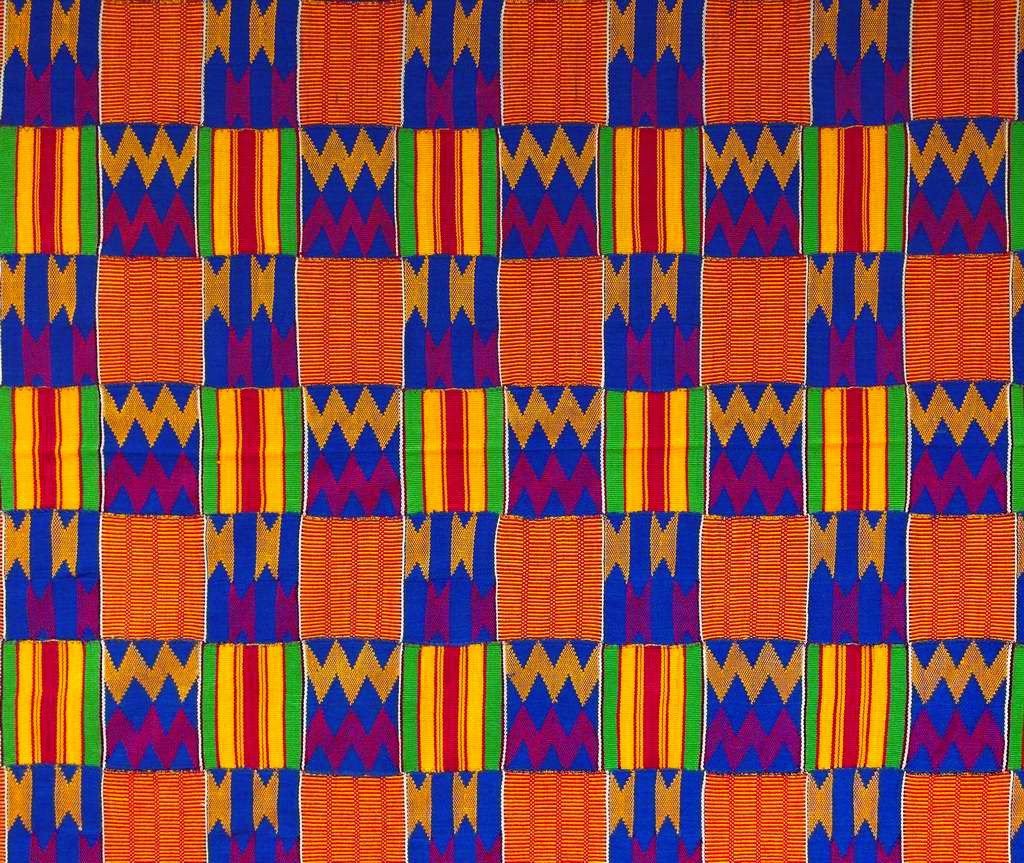Artists in 4th and 5th grades have been learning about the dot paintings of the Aboriginal people of Australia. We looked at some examples of their paintings, which help tell the story of their lives and history. Aboriginal artists used different symbols to help tell their story in pictures, and also used colors that had cultural meaning.
We began our own dot paintings by selecting animals native to Australia and drawing and painting them as simple outlines on brown paper. We noticed that the Aboriginal artists flattened out their animals, often showing them from a bird's eye view, so we did the same. We also used different shades of brown paper to resemble the tree bark and rocks that the Aboriginal people painted on.
We spent a day exploring color mixing, so we could create a variety of different colors using just our primary colors as well as white, and refresh our color mixing minds.
We then painted our animals, using at least 5 colors that we mixed. We added dots by using a very special tool -- a q-tip! We thought about how we could use color to create a pattern with the dots.
Painting took a few classes, so during one of them we learned about an Aboriginal instrument called the didgeridoo, which is a wind instrument developed by the Aboriginal people around 1,500 years ago and is still used today. Traditionally it was made out of wood
that was hollowed out by termites and beeswax was used to form a
mouthpiece.
We looked at one owned by Ms. Patashnick, the music teacher, that was made from a PVC pipe and we noticed it also had a pattern of dots painted on the outside. We watched a video of someone playing didgeridoo and noticed that different sounds are produced by different ways of breathing into the instrument, since there are no holes or keys. We have been listening to didgeridoo music as we paint.
 |
| Lena, 5th Grade |
Check back soon to see updates on our finished Aboriginal animal dot paintings!
Recently, artists in 1st and 2nd grades have been weaving with paper. In 2nd grade we looked at images of Kente cloth, from Ghana, which we noticed have patterns and are woven in bright colors.
In 1st grade we looked at Mexican serapes, or blankets, and noticed the bright colors and patterns in these textiles, as well.
We began by making our own paper looms and used strips of paper, which we also cut ourselves, to weave them through the loom. We made sure to keep in mind to have the lines alternate, over and under, to create our pattern.
We then added more interest and layers to our weaving, using lines and shapes. We got to use fun scissors with different edges that let us cut different kinds of lines. We thought about color combinations that would work well in our weaving.
An optional last step was to add strings at the ends, using a hole puncher to make the holes and looping yarn through to tie at the ends. Below are some examples of our weavings. Some of them are now displayed in the glass case on the first floor near the main office, so be sure to check them out!
 |
| Patrick, 2nd Grade |
 |
| Jaylyn, 2nd Grade |
This past week, artists in PK and Kindergarten have been exploring color. We were familiar with our primary colors and had been using them for previous artwork, including our Mondrian inspired collages and our shape robots:
 |
| David, Kindergarten |
We also painted lines and shapes using black paint and added our primary colors, being careful to wash out our brush between colors so they did not mix.
Our primary colored work is currently featured on the bulletin board:
This week we began to explore secondary colors, which are made by mixing the primary colors together. We thought about what might happen when we mix 2 primary colors together. We experimented with mixing our primary colors to make orange, green and violet. We made guesses as to what color might result when we mixed 2 colors together and we were excited when we were right!
After exploring color mixing together as a class, and thinking of different things that are orange, green or violet in color, we began our own exploration and experimentation!
We mixed red and yellow to make orange, blue and yellow to make green, and blue and red to make violet. We thought about how to make a darker color and a lighter color. Some of us tried to mix all 3 primary colors together and discovered that it made brown!
 |
| Duncan, Kindergarten |
 |
| Calvin, Kindergarten |
 |
| Mera, Kindergarten |
Next class we will be learning even more about our secondary colors!




